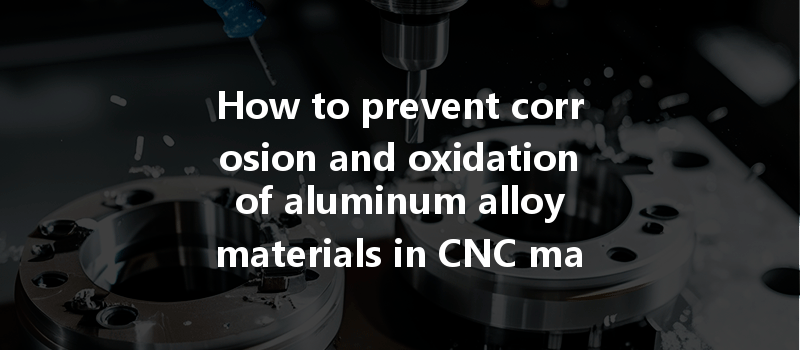: The Alarming Reality of Aluminum Corrosion
Did you know that aluminum is the most widely used non-ferrous metal in the world? With exceptional properties including light weight, good electrical conductivity, and outstanding corrosion resistance, it is no wonder that industries such as aerospace, automotive, and manufacturing rely on aluminum alloys. However, it is estimated that up to 50% of aluminum components can suffer from corrosion or oxidation issues during various stages, including machining, assembly, and even during their lifecycle. This not only leads to increased maintenance costs and reduced efficiency but can also jeopardize the integrity of critical components. With such significant implications, it becomes paramount for CNC machining facilities to develop effective strategies to combat these issues.
In this comprehensive blog, we will delve into various techniques and methods to prevent corrosion and oxidation in aluminum alloy materials during CNC machining processes. By understanding these approaches, manufacturers can enhance the durability of their products and ensure that they meet strict quality standards demanded by their clients.
Understanding Corrosion and Oxidation in Aluminum Alloys
Before we dive into solutions, it is crucial to understand what corrosion and oxidation entail. Corrosion is the natural deterioration of a material due to environmental reactions, while oxidation specifically refers to the reaction of a metal with oxygen. Although aluminum naturally forms a protective oxide layer when exposed to air, certain conditions can lead to its breakdown, making underlying aluminum susceptible to further oxidation and corrosion.
Common factors contributing to aluminum oxidation during CNC machining include:
The first step in preventing corrosion and oxidation is selecting the right aluminum alloy for your specific application. There are numerous aluminum alloys available, each designed for particular environments and requirements.
Key Considerations for Alloy Selection:
Once the correct alloy is chosen, the next line of defense is through effective surface treatment methods designed specifically to enhance corrosion resistance.
Recommended Surface Treatment Types:
While machining, the environment in which the process takes place can have a significant impact on the corrosion and oxidation of aluminum alloys.
Factors to Monitor:

Using the right cutting fluid is essential for lubrication and cooling during CNC machining of aluminum. Not only does it maintain the integrity of the material, but it also prevents oxidation.
Key Tips for Using Cutting Fluids:
Post-machining, the way you handle and store aluminum parts matters significantly in preventing corrosion.
Best Practices:
Finally, regular inspections and maintenance of both the machining processes and finished products are vital to preventing long-term corrosion issues.
Recommended Actions:
: Protecting the Integrity of Your Aluminum Parts
As we have explored, preventing corrosion and oxidation of aluminum alloy materials during CNC machining is a multifaceted approach involving proper material selection, effective surface treatments, controlled environmental conditions, appropriate machining practices, careful handling, and ongoing maintenance.
These strategies are not just about prolonging the life of components; they are essential for meeting industry standards, maintaining customer satisfaction, and avoiding costly failures. By implementing these techniques, manufacturers can bolster the performance and reliability of their aluminum products.
In a world where quality and durability are paramount, taking the necessary steps to prevent corrosion and oxidation should not be overlooked. The initial investment in these preventative measures pays dividends in enhanced performance, reduced downtime, and overall customer satisfaction. With aluminum playing such a significant role across multiple industries, staying vigilant against corrosion is of utmost importance.
By adopting a holistic approach and fostering a culture of excellence within CNC machining processes, you can ensure that your aluminum products remain at the forefront of quality and reliability. Why wait for corrosion to compromise your operations? Start taking action today and protect your aluminum investments for the future.






